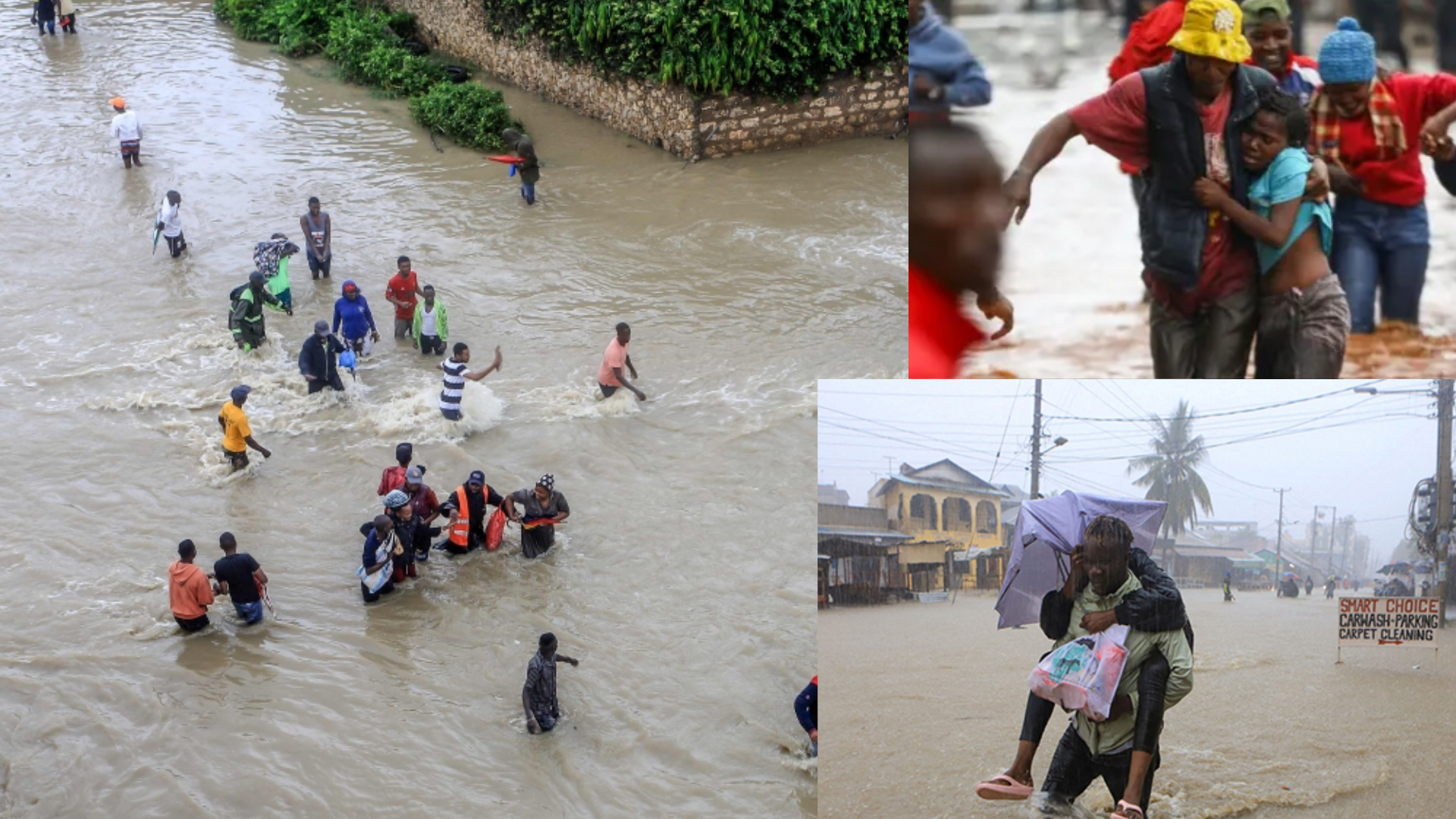The Kenya Red Cross Society (KRCS) has issued a distressing statement, revealing that at least 38 people have lost their lives in floods wreaking havoc across Kenya. Describing the situation as transitioning from an emergency to a full-blown disaster, the KRCS has sounded the alarm about the dire consequences of the ongoing floods.
Heavy rains pounding the African nation have not only claimed lives but also disrupted normal business operations. Reports from Xinhua indicate that more than 38 people have tragically perished in the deluge, with properties suffering extensive damage.
In the capital city of Nairobi, tragedy struck as one person lost their life while six others went missing in the Mathare slums following a relentless overnight downpour. The ensuing flooding left residents stranded in their homes, especially in low-income areas like Mathare, where severe flooding made movement virtually impossible.
Elsewhere in Nairobi, residents woke up to scenes of inundated homes and businesses, impassable roads, and fallen trees, all consequences of the relentless rains. Several areas found themselves cut off from the rest of the city as stormwater flooded the streets, with the situation exacerbated by the Athi River flooding the main bridge in Kitengela, leaving thousands stranded.
ALSO READ : Trinamool Congress Claims BJP Leaders Keen On Switching Allegiance
The plight of affected individuals was highlighted by John Kimeu, an office worker stranded at a bus terminus in Kitengela, and Emily Kamau, a businesswoman whose livelihood was severely impacted by the flooding.
Tragedy struck once more in Kirinyaga County, where over 60 families were left homeless after the Thiba River burst its banks, inundating their homes and businesses.
According to the KRCS, the heavy rains have affected at least 23 counties across Kenya, displacing over 110,000 people, destroying crops on thousands of acres of land, and claiming the lives of thousands of livestock.
Heavy rains across Kenya displaced thousands and killed at least 38 people, according to Kenya Red Cross Society data. The Meteorological Department warned more heavy rains are expected in the coming week and issued flood alerts, reports Reuters
— ANI (@ANI) April 24, 2024
Venant Ndhigila, head of disaster operations at KRCS, characterized the flooding situation as a disaster, particularly affecting vulnerable populations. Efforts are underway to assist those at risk, but the scale of the crisis remains immense.
The Kenya Meteorological Department (KMD) has warned of further flooding across the country, urging residents in flood-prone areas to move to higher ground. Government authorities have echoed these warnings, directing residents near dams to relocate to safer areas to mitigate the risk of further tragedy.
As Kenya grapples with this unprecedented natural disaster, international organizations like the Climate Prediction and Application Center (ICPAC) of the Intergovernmental Authority on Development (IGAD) have highlighted the abnormal nature of this season’s heavy rains, underscoring the urgent need for coordinated efforts to address the crisis and support affected communities.















